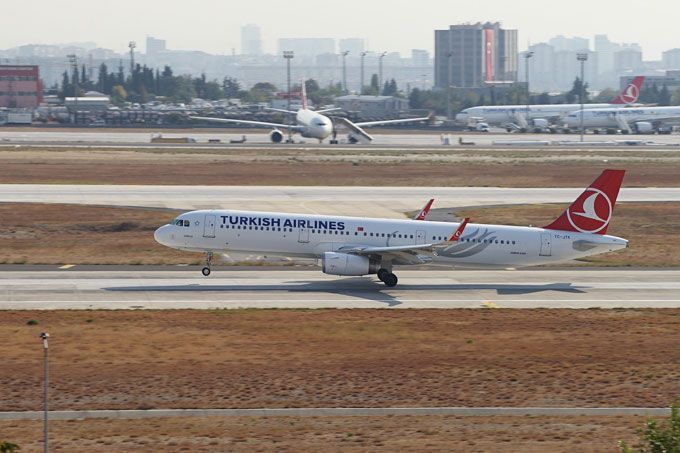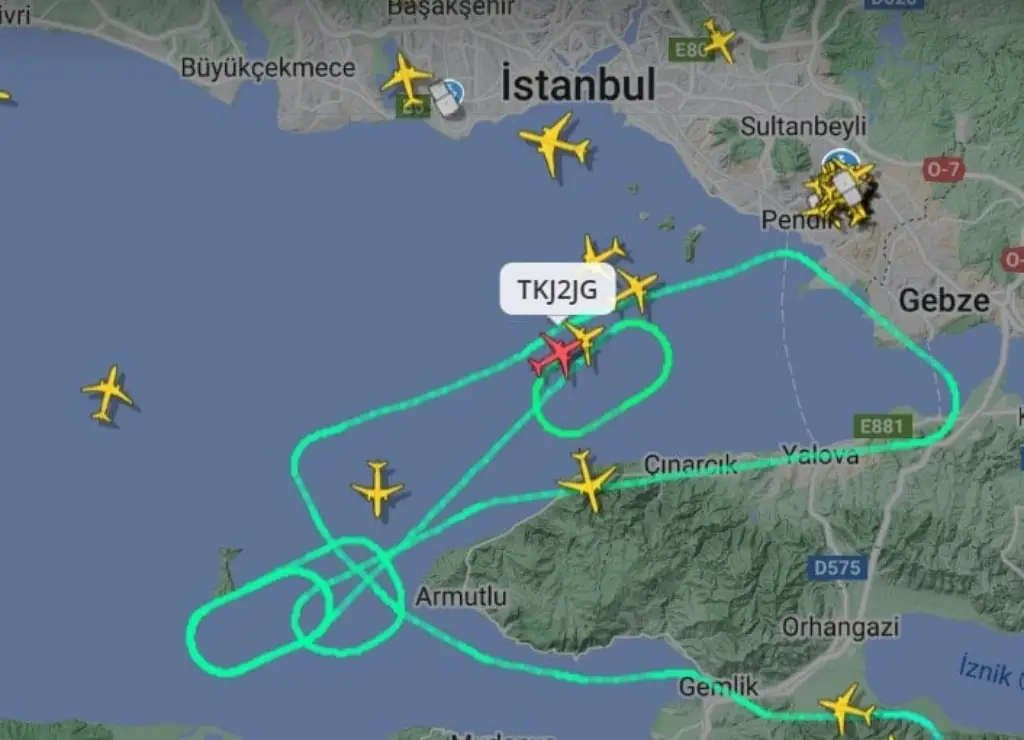In the midst of the global and national downturn in air traffic and passenger numbers due to the COVID-19 pandemic, 2022 marked the beginning of a significant recovery, a trend that has continued into 2023.
Istanbul and Sabiha Gökçen airports have seen a notable increase in passenger numbers over the first nine months of the year, compared to the same period last year. The inclusion of the tourism season within this timeframe played a significant role in boosting numbers for both domestic and international flights.
Istanbul’s Aviation Resurgence
The end of the tourism season in September did not halt this upward trajectory. More than 55 million passengers chose Istanbul Airport, with data gathered from the General Directorate of State Airports Authority (DHMİ) revealing that between January and September, the airport hosted 57,973,944 passengers. Of these, 14,201,646 flew on domestic routes, while 43,772,298 traveled internationally.
Comparatively, during the same period last year, Istanbul Airport served 47,633,475 passengers, indicating a substantial increase of approximately 10.3 million passengers or roughly 22%. The breakdown shows a 16% increase in domestic travel and a near 24% surge in international flights.
Sabiha Gökçen’s Steady Climb
Sabiha Gökçen Airport also reported impressive figures, with 13,221,340 domestic and 14,430,144 international passengers, totaling 27,651,484 over the nine months. This marks a significant increase from the 22,530,873 passengers recorded during the same period in 2022, showcasing a 16% rise in domestic and a 30% increase in international passenger numbers.
A Flourishing Hub
In total, Istanbul’s airports facilitated travel for 85,625,428 passengers in the first nine months of the year, a 22% increase from the 70,164,348 passengers in the same period of 2022. This equates to an additional 15.4 million passengers choosing Istanbul as their travel hub.
Flight numbers have also seen a substantial increase. Istanbul Airport alone recorded 382,478 flights, a 22% increase from the previous year, while Sabiha Gökçen saw an additional 20,989 flights, bringing its total to 169,881. In total, Istanbul’s airports hosted 552,359 flights over the nine months.
A Shift in Aviation Dynamics
However, it’s a different story for Atatürk Airport, which saw a decrease in flight numbers, hosting 19,684 flights compared to 20,970 in the same period last year. Across all three Istanbul airports, there were 572,043 flights in the first nine months of this year, an 18% increase from the 483,675 recorded in 2022.
This data underscores Istanbul’s growing prominence as a global aviation hub, reflecting the city’s resilience and ability to bounce back from the challenges posed by the pandemic. With passenger numbers and flight frequencies on the rise, Istanbul’s airports are well on their way to reclaiming their pre-pandemic glory and setting new records in the process.













